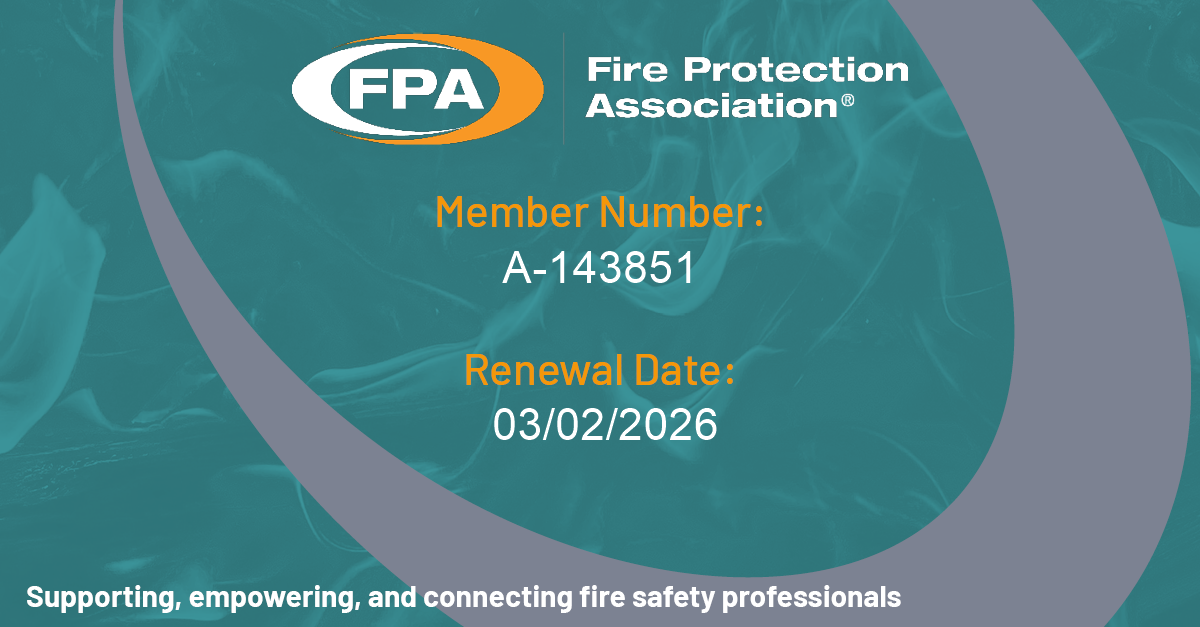Many businesses face challenges in just locating and accessing their fire dampers, let alone arranging mandatory annual testing and finding someone to undertake remedial work. Multiply that over 240 sites in a diverse portfolio of premises, and you’ll see what the Gym Group was facing.
Airmec has been working with The Gym Group to plan and execute a nationwide strategic approach that has made sure dampers were tested and prompt remedial work was scheduled where necessary.
The Gym Group’s story is one of phenomenal success and rapid growth since it was founded in 2008. Its gyms provide top-quality facilities at affordable prices throughout the UK with a simple contract-free and affordable membership model that continues to fill a gap in the UK fitness market.
The fast-track growth has led to an astonishing tally of gyms: 240 and counting when we started working with the Gym Group. That is a big challenge for the estates management team, who find themselves manage buildings of all ages, designs, and construction and with different histories of refurbishment and repurposing. With members using the gyms 24/7, sometimes with no staff in attendance, safety compliance has been made a top priority.
Like many other owners and occupiers, the Gym Group had been alerted to industry concerns about the ways fire dampers may have been fitted, using the wrong sort of fixings (self-drilling screws)*. In the light of this, the Gym Group was an enterprise that pushed for the checks in its premises to be done quickly and the task of co-ordinating the project it across the group fell to Dean Summers, regional Facilities Manager based in Leicestershire.
Airmec Essential Services was approached and suggested undertaking a desktop survey of all gyms in the group, reviewing drawings to assess the likely number and locations of fire dampers. This revealed some 150 gyms that were at risk of having un-recorded untested tested dampers.
Having established the likely scope of the essential testing work, Airmec technicians methodically visited each gym during May and June of 2024. There was of course no question of shutting the 24/7 gyms during while the initial testing work was underway, but the Airmec team was able to work around busy times and avoid closures.
Now the Gym Group has an accurate fire damper asset register and testing audit as a basis for future compliance management, and has been able to schedule remedial works, which Airmec’s in-house remedials team has also been able to do promptly.
Dean Summers said: “Having a partner that could manage the process from end to end across the country was invaluable. With the initial inspections professionally done in such a short time frame we were able to acheve our goal of fire damper compliance and, thanks to the clarity of Airmec reporting, we could make budget decisions about remedials work quickly and in complete confidence.”
What can go wrong?
Dampers fail testing or cannot be tested for a number of reasons, including lack of access hatches, which are surprisingly often not built in. This is despite the BESA DW144 – Specification for Sheet Metal Ductwork standard which specifies that an access panel is to be provided adjacent to items of in-line equipment that require either regular servicing or intermittent access has been in place around since 1998.
Another common issue with buildings which may have been repurposed several times to accommodate new tenants is that walls are moved leaving ‘orphan’ fire dampers where there is no fire wall separation for them to guard. Then is not only necessary to check that new fire walls do have necessary fire dampers and adequate fire stopping but also to decide what to do with the orphans. Ripping them out is one option – but potentially costly and disruptive. A more pragmatic approach might be to assess the risk that their location presents if they were to close in normal (non-fire) circumstances and obstruct ventilation.
Airmec Managing Director Andrew Steel said: “We pride ourselves on the quality of consultancy advice we give before we even set foot on site, and the custom advice we offer when the results are in. One size never fits all.
“In this case however, I think the main plaudits go to our teams on the road. They pulled out all the stops to get these inspections and testing done efficiently and with minimal disruption to gym goers.”
- Self-drilling screws may have made quick work of installation, but they do not melt when temperatures rise during a building fire. Fire dampers should have a “break-away” joint where the ductwork is attached to the damper. The fixings used at this joint are designed to melt in a fire situation so the ducting will separate from the damper, leaving it in the wall or floor and maintaining the integrity of the fire compartment. The Building Engineering Services Association (BESA) is revising its DW145 standard, Guide to Good Practice for the Installation of Fire and Smoke Dampers, to reflect this, and it is currently covered in their Technical Bulletin VH001. Occupiers of existing premises are aware of the need to act on this guidance.
See our comment on the topic here.











